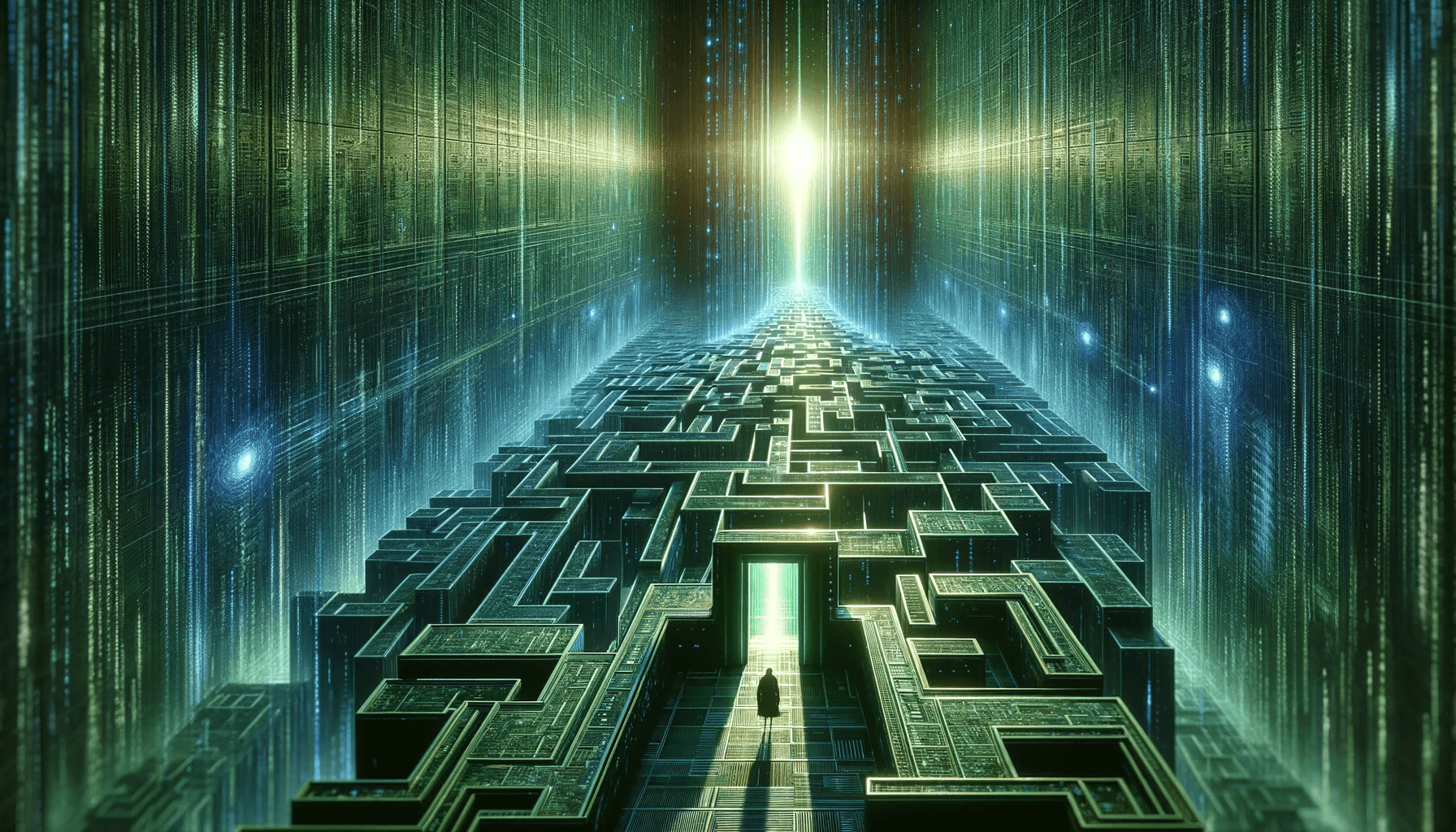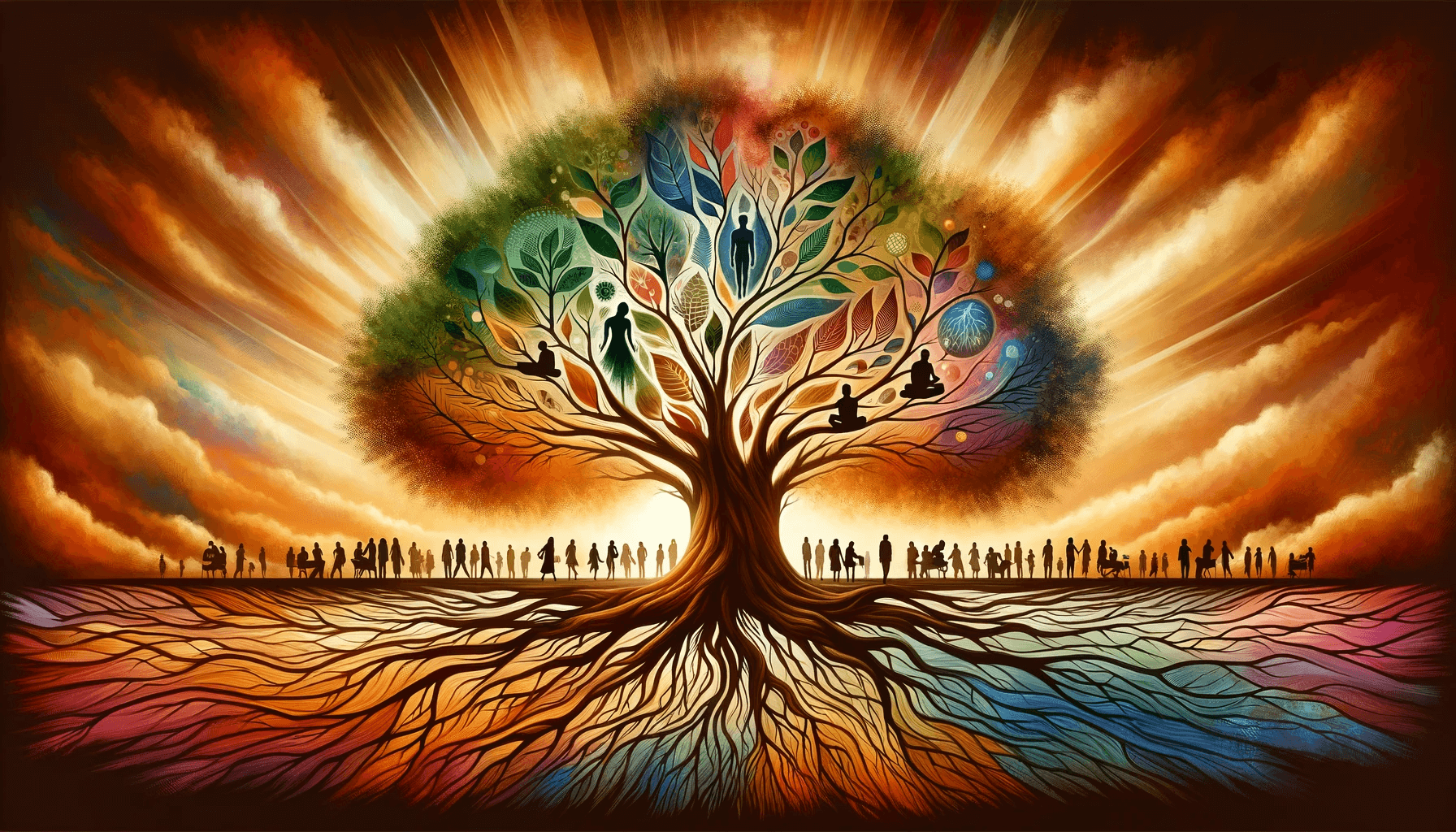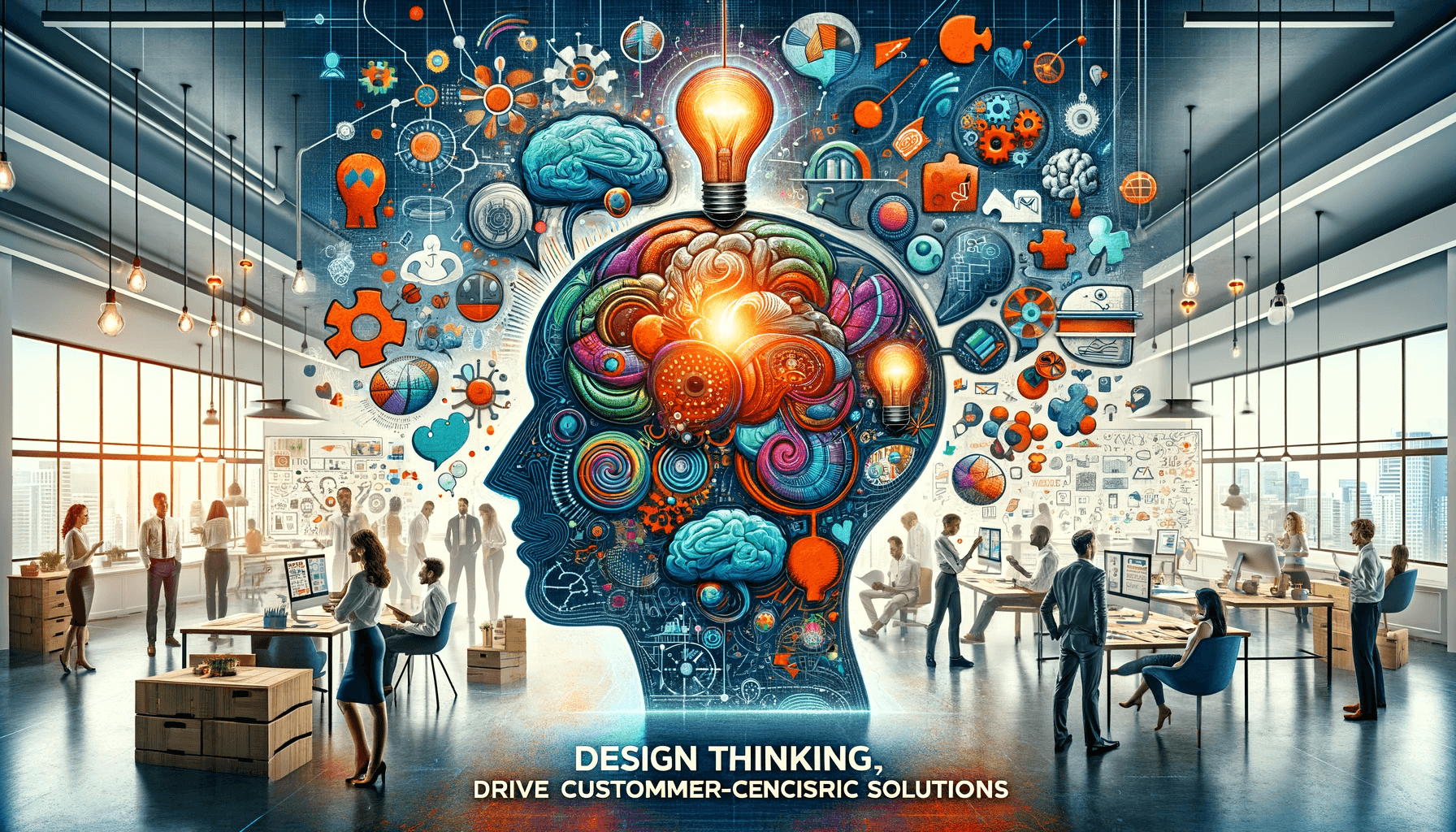Sponsored by The Wealth Compass
Table of Contents
Introduction to The Matrix
The Matrix, a groundbreaking science fiction film released in 1999, directed by the Wachowskis, takes its viewers on a mind-bending journey into the depths of truth and perception. Set in a dystopian future, the film explores a world where reality is an illusion created by a computer program called the Matrix. At the same time, humans are unknowingly trapped in a simulated reality. As the protagonist, Neo discovers the truth about the Matrix; the film raises profound questions about the nature of reality, the power of perception, and the role of technology in shaping our lives.
Understanding the Concept of Reality in The Matrix
At the heart of The Matrix lies the exploration of reality and its subjective nature. The film challenges the notion of concrete reality, suggesting that what we perceive as fundamental may be an elaborate illusion. In The Matrix, humans are plugged into a simulated reality that mimics the world as it was in the late 20th century. They live their lives unaware of the true nature of their existence, believing that their experiences are genuine. This concept forces us to question the validity of our reality and consider the possibility that our perceptions may be deceiving us.
The Symbolism in The Matrix
The Matrix is rich in symbolism, layered with metaphors that invite viewers to delve deeper into its narrative. One prominent symbol is the choice between the red and blue pill, which Neo faces early in the film. The red pill represents the painful truth, while the blue pill represents the comforting illusion of ignorance. This choice mirrors the philosophical dilemma of seeking truth versus living in blissful ignorance. The Matrix also employs religious symbolism, with Neo taking on the role of a messianic figure. His journey from disbelief and skepticism to becoming the saviour of humanity parallels the hero’s journey found in many mythologies.
The Philosophy of The Matrix
The Matrix draws heavily from various philosophical concepts, weaving them into its narrative. One such concept is the allegory of the cave from Plato’s Republic. In the parable, prisoners are chained in a cave, only able to see the shadows of objects projected on the wall. They mistake these shadows for reality until one prisoner is freed and experiences the outside world. This parallels the awakening of Neo, who realizes that the world he believed, to be honest, is nothing more than a construct. The film also explores the philosophy of existentialism, questioning the meaning and purpose of human existence in a world of artificiality.
The Matrix and Perception
Perception plays a central role in The Matrix, challenging the idea that our senses accurately represent reality. The film suggests that our perception can be easily manipulated, leading us to question the reliability of our senses. The Matrix blurs the lines between what is real and what is simulated, leaving viewers uncertain about the true nature of the world depicted on screen. This exploration of perception raises profound questions about the nature of truth and the limitations of human understanding.
The Role of Technology in The Matrix
Technology is a driving force in The Matrix, both as a tool of control and a means of liberation. The Matrix is a vast computer program that enslaves humanity, feeding them a false reality. This highlights the potential dangers of unchecked technological advancement and the potential for technology to be used as a means of control. However, technology also plays a crucial role in freeing humanity from the Matrix. Neo and his allies use technology to hack into the simulated reality and fight against the machines. The film serves as a cautionary tale, urging us to consider the ethical implications of our technological advancements.
The Impact of The Matrix on Popular Culture
The Matrix profoundly impacted popular culture, influencing not only the science fiction genre but also film-making as a whole. Its innovative visual effects and groundbreaking action sequences set a new standard for cinema. The film’s iconic bullet time effect, where the action appears frozen while the camera rotates around the characters, became a cultural phenomenon. The Matrix also introduced philosophical and existential themes into mainstream cinema, sparking discussions about reality and perception among audiences. Its success paved the way for other thought-provoking science-fiction films and solidified its place in cinematic history.
The Legacy of The Matrix
Even over two decades after its release, The Matrix resonates with audiences and inspires critical analysis. Its exploration of reality, perception, and the role of technology remains relevant in an increasingly digital world. The film’s influence can be seen in subsequent movies, television shows, and video games that tackle similar themes. The Matrix’s enduring legacy lies in its ability to challenge our assumptions about reality and inspire us to question the world around us.
Analysis and Interpretation of Key Scenes in The Matrix
Scene 1: The Red Pill or The Blue Pill
One of the most memorable scenes in The Matrix is when Morpheus offers Neo a choice between red and blue pills. This scene sets the tone for the entire film and encapsulates its central themes. By choosing the red pill, Neo confronts the uncomfortable truth, while the blue pill represents a return to ignorance and the comfort of the familiar. This scene prompts viewers to reflect on their choices and consider the consequences of seeking truth.
Scene 2: The Lobby Shootout
The lobby shootout scene showcases the film’s innovative action sequences and visual effects. As Neo and his allies infiltrate a government building to rescue Morpheus, they engage in a gravity-defying battle against heavily armed guards. This scene demonstrates the characters’ mastery of the simulated reality and their ability to bend the rules of physics. It also highlights the film’s exploration of perception, blurring the lines between what is real and what is virtual.
Scene 3: The Architect’s Room
In the climactic scene, Neo confronts the Architect, a powerful artificial intelligence that controls the Matrix. The Architect explains the true nature of the Matrix and reveals that Neo’s journey has been part of a recurring cycle of destruction and rebirth. This scene challenges viewers’ understanding of the narrative and raises questions about fate, choice, and the nature of reality. It serves as a thought-provoking conclusion to the film’s philosophical exploration.
Conclusion: The Lasting Significance of The Matrix
The Matrix continues to captivate audiences with its thought-provoking exploration of truth, perception, and the impact of technology on our lives. The film’s enduring legacy lies in its ability to challenge our assumptions about reality and prompt us to question the world around us. Its influence can be seen in the numerous films, television shows, and video games inspired by its themes and visual style. The Matrix serves as a reminder to remain vigilant in our pursuit of truth and question the narratives shaping our lives.
Join me on this mind-bending journey into The Matrix and discover the depths of truth and perception. Explore the film’s symbolism, explore its philosophy, and analyze its key scenes. Let us embark on this adventure together and uncover the lasting significance of The Matrix.




